Leningrad '41
by
VentoNuovo Games
The city enraged Hitler and he wanted the cradle of Bolshevism utterly destroyed. However, once his troops got there, he was so afraid of the house to house fighting in a city that he decided to surround it. So, Leningrad was forced to suffer a siege of almost three years. What went wrong, and could you have done better than von Leeb in 1941? This game was produced to answer that very question.
 |
| Map |
This is a block wargame, just like all of VentoNuovo's games. The map is a beautiful piece of work (as are all of their maps). The map is divided into areas, and is large at 62cm x 84cm. This is the second game of this series on campaigns from the Eastern Front. Moscow 41 and Stalingrad Inferno on the Volga are the other two, soon to be followed by Kiev 41. The blocks are 15mm x 15mm, so they are smaller than most used in block games. Some areas on the map are small, so even with the smaller blocks there is congestion to deal with. The stickers are, again, small pieces of art that really should be larger to show them off. The whole game production exudes quality. The game comes with four full sized and thick full color players' aids. There is a five page historical analysis which is excellent all by itself. Here is a list of what you get with the game:
Heavy Cardboard Map 62cm x 84 cm
110 Wooden Block Units
124 PVC Stickers
100 Other Wooden pieces for initiative, Bombers, Defensive Positions etc.
2 Lightly Laminated Player's Guides
3 Short Scenarios, and the Campaign Game
 |
| Stickers |
This is the sequence of play:
Logistic Phase (2nd,3rd,4th,5th,and 6th Turns)
Impulse Phase (Combat, HQ Activation etc.)
Final Phase
 |
| Soviet Navy Counter |
The game itself is a challenge for both players. It plays almost exactly like Moscow '41 (a favorite of mine) except for the addition of the new terrain. The German player can, if he is good enough, take Leningrad. The Soviet player seems weak, but he can forestall his opponent's attacks, and slow him up to take the win. The game is very finely balanced between playability and history. All of the scenarios start after the Germans have already captured Riga. There are tactical HQs for both Zhukov for the Soviets, and Mannerheim for the Finns. Both can be game changers if used correctly.
Random reinforcement makes the game a very good solitaire game. Once you get closer to Leningrad, the terrain is heavily forested with some swamp. This means that the German player has to slow down regardless of the opposition. The German player can make good time through Estonia etc., but then has to slog through these areas along with tougher Soviet opposition. The German player also has to decide what he is to do with the Finns. Historically the Finnish troops only moved to take back what territory they lost in The Winter War in 1939, so they were really not much help to the Germans. The rules allow the Finnish troops to attack first in any battle (a nice touch). As the German player, you also have to decide whether to spend any resources to try and take Murmansk. So, the game comes with the chance to blitzkrieg, but also attack and defend in swamps. The varied terrain taxes both sides to play their best. As with the rest of Vento Nuovo Games this game is also very suitable for solitaire play. I will caution the German player that Leningrad looks a lot closer on the map then it will turn out to be.

 |
| Playtesting shots |
VentoNuovo has been able to take the simplicity of block games, and add in rules, while easy to understand, that represent the historical campaigns to a tee. So a player gets the best of both worlds. The game is easy to setup, learn, and play, but still be deep enough for us grognards. The formula is a guaranteed success, and it shows by all of their games' ratings by players. Thank you VentoNuovo for the chance to review Leningrad 41. Here are links to the game and company, and some links to other reviews I have done on their games. I cannot wait to do a review on Kiev 41.
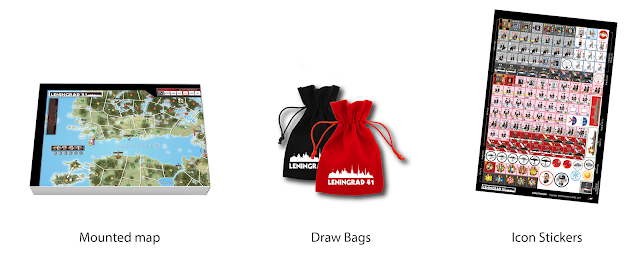 |
| Accessories you can buy |














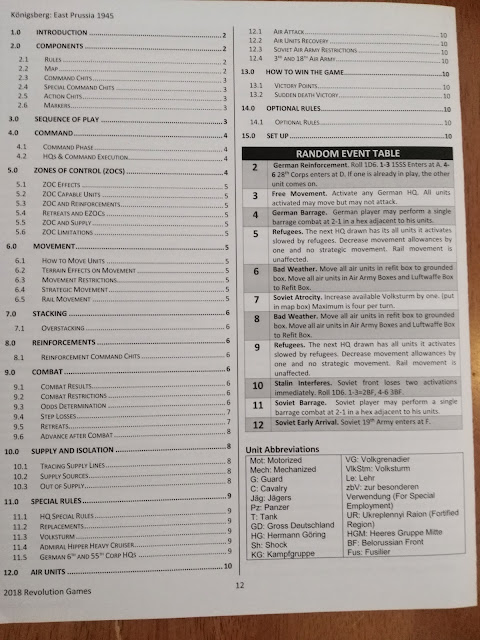




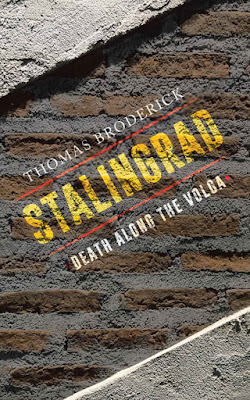






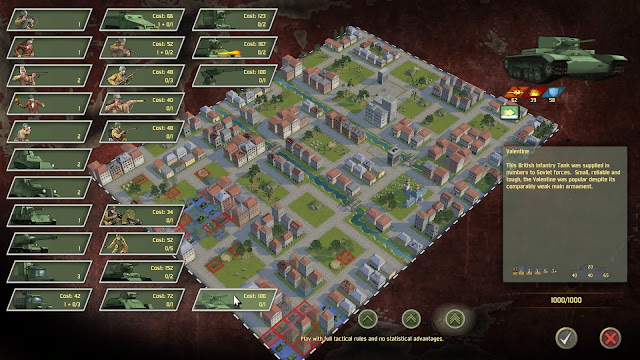














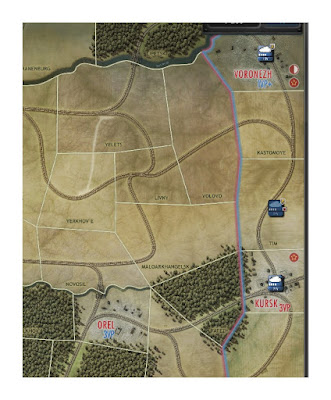











Follow Us